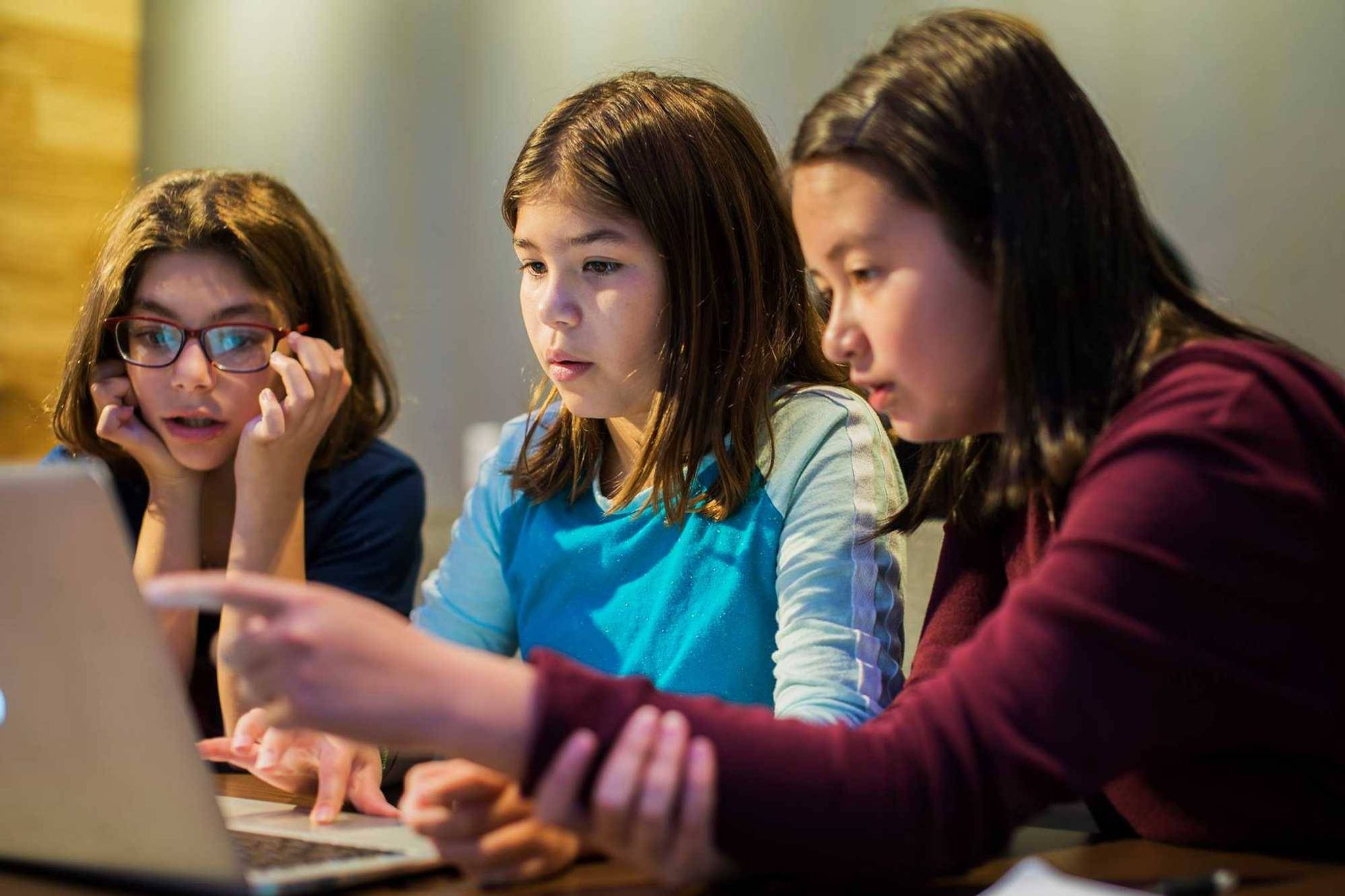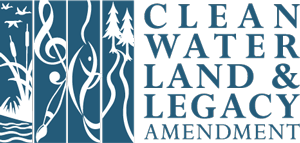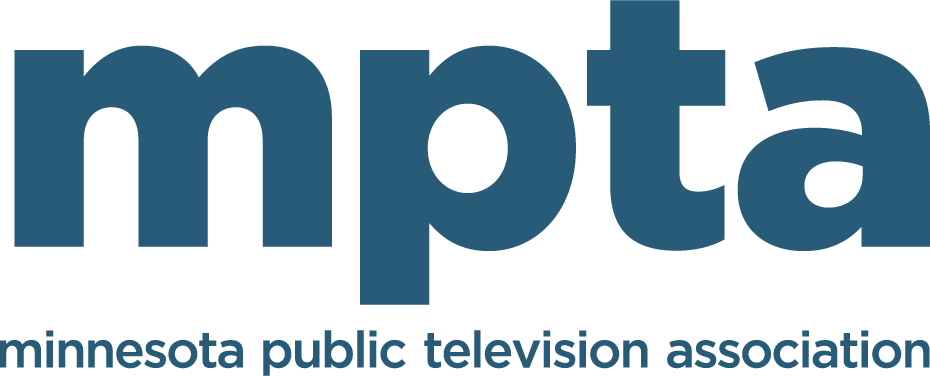Student Storytelling
Youth-Created Narratives of Immigration and Migration
"Where do I come from?" is an overwhelming question. People may base their origin story on an ancestral country or continent, the people in their family of origin or chosen family, or choose to not engage with the question at all. For young people who are still developing their sense of self, the question "where do I come from?" may be difficult to know how to begin to answer. By beginning to explore their own history in a supportive, encouraging environment, youth can not only learn about their state or area history, but about how they fit into the larger culture around them.
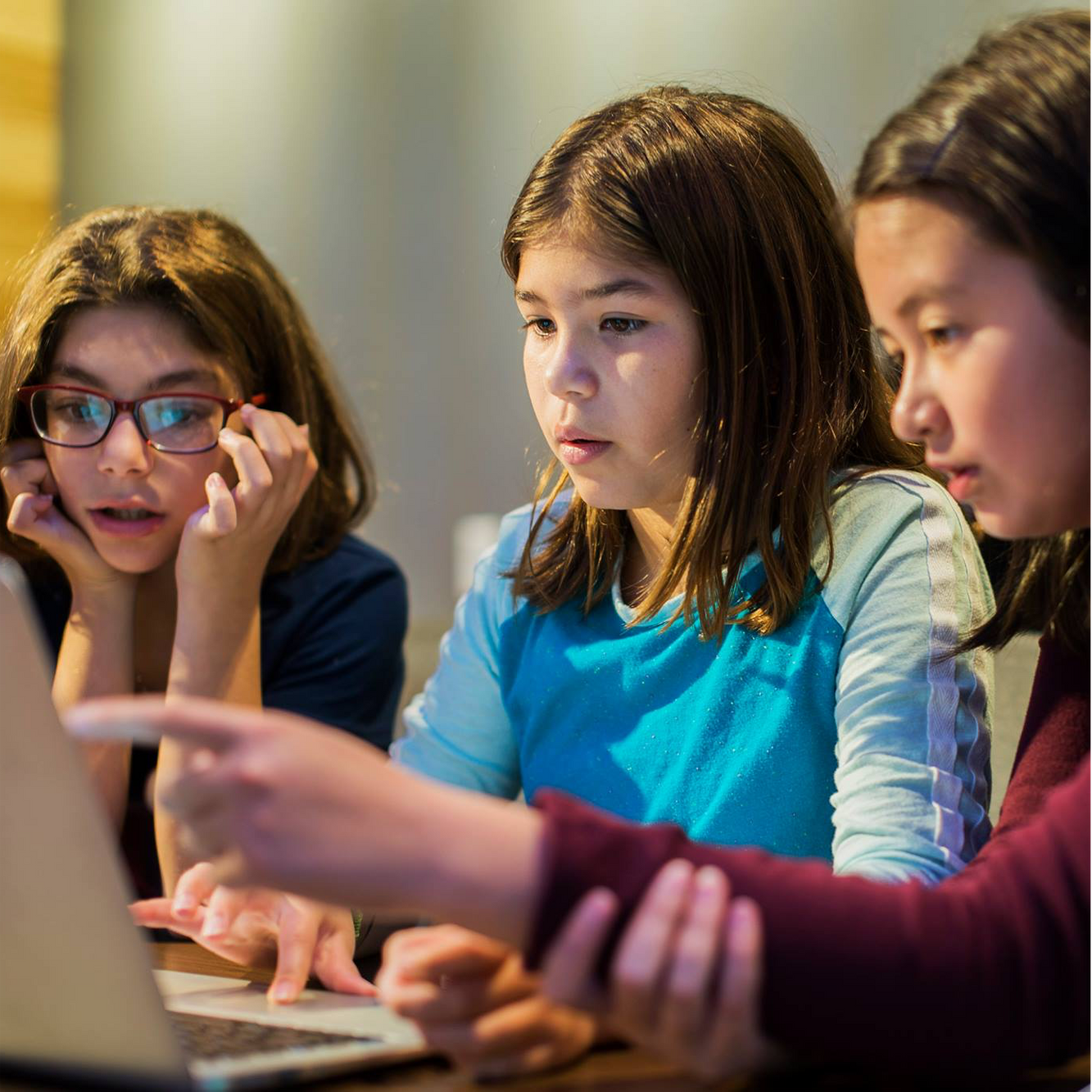
According to Johns Hopkins University, from ages 10 – 14, youth start to begin a sense of identity. From ages 15 – 19, this identity becomes firmer and more cohesive, and youth develop a capacity for self-reflection and an interest in social, cultural, and family traditions. Understanding these traditions not only help youth learn about themselves, but how they relate to the larger culture around them. Whether you are a teacher, an out-of-school time educator, a parent, or someone with youth in their lives, exploring questions of origin can create powerful experiences that shape how youth see themselves and the world around them.
How do we start to tackle something as large and open-ended as immigration and identity? Below you will find a guide for youth and adults to explore their own immigration history, and origins of the traditions they take part in today. These activities are meant to be done in order, but feel free to skip around. At the end of this process, you and the youth you are working with should have a story about their family or community immigration experience. Share this story with people around Minnesota by uploading it to Dear Minnesota.
The Dear Minnesota team has also created longer version of this activity for secondary educators. To access this lesson plan, along with some professional development resources for teachers, please click here. If you would like someone from Moving Lives MN to lead a workshop in your school or out-of-school time program, please email Leah Defenbaugh at [email protected].
Tell Your Story
Personal History
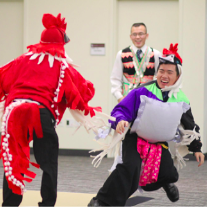
What are the important stories that you or your family tell? What are they about? Many cultural traditions focus on themes such as food, holidays, or art. What traditions are important? What are the sights, smells, and feelings they bring? How do you participate in these traditions? How could you learn more about the traditions? Is there a family member or friend you could ask? If you are stuck, read the "research" section below.
For some people, processing family history may be filled with personal or generational trauma. If you would not like to discuss your own family for any reason, please pick a tradition with which you identify.
Minnesota History
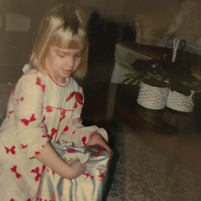
Coming to Mni Sota is an hour-long documentary produced by Twin Cities PBS that explores the history of immigration to Minnesota. Did you see any of your traditions in this documentary? Who was taking part in them? How were they similar or different to what you do today? If you did not see your traditions reflected, what do you think are some reasons why not? The producers of this film made some very difficult decisions about what stories to fit into their film. If you were to make a film about your experience, what stories would you tell? Who would you have to talk to in order to tell these stories accurately? The traditions you came up with in the Personal History section can help you decide which stories might be important to you. Once you have answered these questions, it is time to research.
Research
Think of questions you still have about your history, and how your traditions came to be. Interview family, friends, or community members, and review websites like MN Compass or local newspapers and history museums. The Minnesota Compass tracks immigration to Minnesota, by ethnic group, over time.
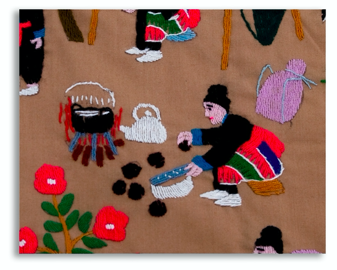
If you are researching traditions from historically marginalized cultures, books or media might not be very helpful. Think about other ways people tell stories in your culture, like Hmong story cloths, which tell history stories in embroidery. You can also ask some like a librarian or teacher, or ask a family member for suggestions on who to interview. It may be scary to talk to a stranger about something personal like immigration and cultural traditions, but most adults like to share their stories with people around them. They may even learn something from you.
Creating a Narrative
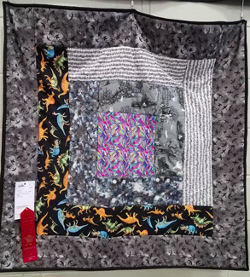
Now it is time to be creative. Think of ways you like to express yourself. You may enjoy writing, filming videos, dancing, sewing, computer coding, or something entirely different. However you decide to tell your story, keep these questions in mind: What is the tradition you are documenting? What does the tradition look like today? What is the origin of this tradition? What questions do you still have?
Finally, do not worry about being comprehensive. Your culture is made up of millions of stories. Telling this story is a great way to begin to learn about the cultures and traditions important to you right now. The important thing is that you are telling a story.
Sharing
Post your story on your social media. Share with friends and family. Do the people around you have similar stories? Did they learn something new? Did you?
Finally, you can upload it to Dear Minnesota. There it will join other stories from all around the state.
Thank you for sharing your story!
